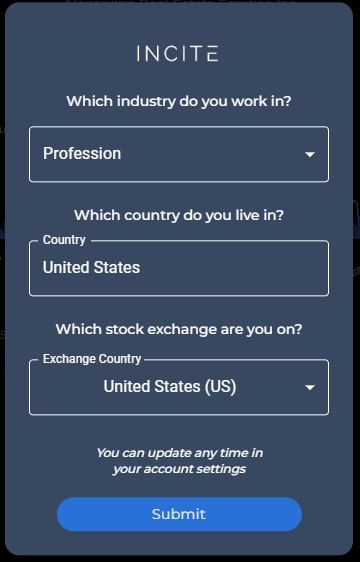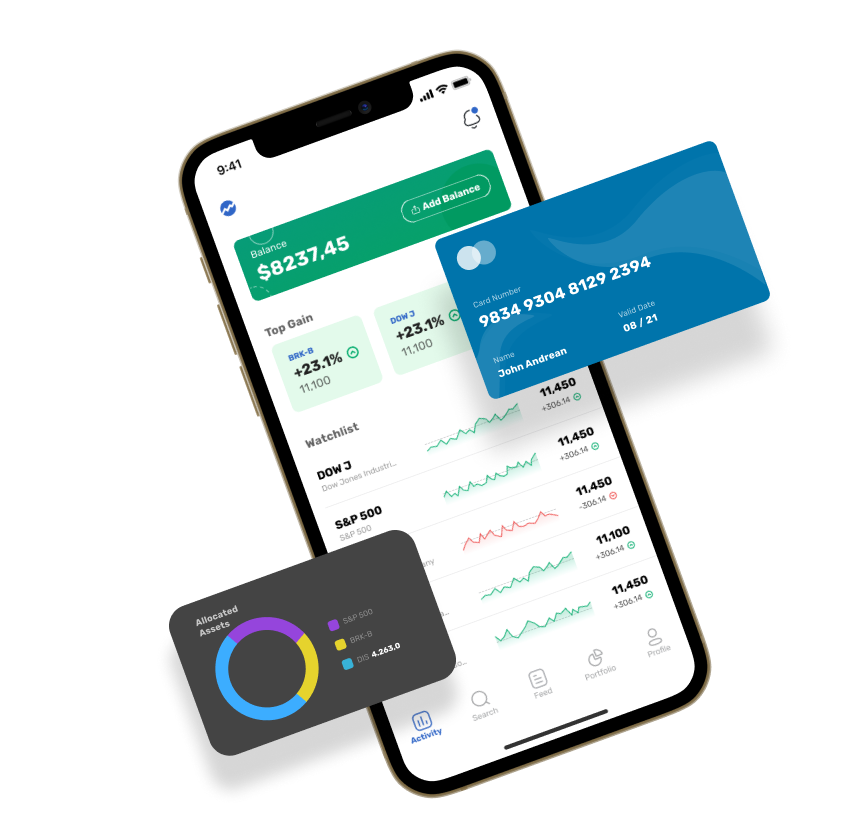20 Good Suggestions For Selecting AI Stock Investing Analysis Websites
20 Good Suggestions For Selecting AI Stock Investing Analysis Websites
Blog Article
Top 10 Tips On Assessing The Ai And Machine Learning Models In Ai Software For Predicting And Analysing Trading Stocks
It is important to assess the AI and Machine Learning (ML) models utilized by stock and trading prediction systems. This will ensure that they deliver precise, reliable and useful insights. Models that are poorly designed or overhyped could lead to inaccurate forecasts and financial losses. Here are 10 top tips to evaluate the AI/ML platform of these platforms.
1. The model's approach and purpose
Clarity of goal: Decide whether this model is designed for trading in the short term or long-term investment or sentiment analysis, risk management and more.
Algorithm Transparency: Verify if the platform reveals what kinds of algorithms they employ (e.g. regression, neural networks of decision trees, reinforcement-learning).
Customizability: Determine if the model can be adapted to your specific trading strategy or tolerance for risk.
2. Perform model performance measures
Accuracy Check the accuracy of the model's prediction. Don't solely rely on this measure however, because it can be inaccurate.
Recall and precision: Determine how well the model can identify real positives (e.g. accurately predicted price moves) and minimizes false positives.
Risk-adjusted gains: Examine if the predictions of the model result in profitable transactions, after taking into account the risk.
3. Make sure you test the model using Backtesting
Historical performance: Test the model by using data from historical times to determine how it would have been performing in previous market conditions.
Test the model on data that it has not been trained on. This will help avoid overfitting.
Scenario analysis: Assess the model's performance in various market conditions.
4. Check for Overfitting
Overfitting: Be aware of models that perform well with training data, but not so well with data that has not been observed.
Regularization: Check whether the platform employs regularization techniques, such as L1/L2 or dropouts to avoid excessive fitting.
Cross-validation - Make sure that the platform uses cross-validation in order to evaluate the generalizability of your model.
5. Review Feature Engineering
Relevant features: Find out if the model uses relevant features (e.g., price, volume, technical indicators, sentiment data macroeconomic variables).
Feature selection: You should make sure that the platform is selecting features that have statistical value and avoid unnecessary or redundant data.
Dynamic features updates: Check whether the model is adjusting in time to new features or to changing market conditions.
6. Evaluate Model Explainability
Interpretability: The model must give clear explanations of its predictions.
Black-box platforms: Be wary of platforms that utilize excessively complex models (e.g. neural networks that are deep) without explanation tools.
User-friendly Insights: Verify that the platform presents useful information in a format that traders are able to easily comprehend and utilize.
7. Assessing Model Adaptability
Market changes - Verify that the model can be adapted to changes in market conditions.
Continuous learning: Ensure that the platform regularly updates the model with fresh data to boost the performance.
Feedback loops: Ensure the platform includes feedback from users as well as actual results to improve the model.
8. Examine for Bias and Fairness
Data biases: Make sure that the training data are representative and free from biases.
Model bias: Determine if the platform actively monitors and corrects biases within the predictions made by the model.
Fairness: Ensure that the model does not disproportionately favor or disadvantage particular stocks, sectors, or trading styles.
9. Evaluation of Computational Efficiency
Speed: See if the model generates predictions in real-time, or with minimal latency. This is particularly important for traders who trade high-frequency.
Scalability: Determine whether the platform is able to handle large amounts of data with multiple users, and without any performance loss.
Resource usage: Check to determine if your model has been optimized to use efficient computational resources (e.g. GPU/TPU use).
10. Transparency in Review and Accountability
Model documentation: Ensure that the platform offers comprehensive documentation on the model's structure, its training process and its limitations.
Third-party audits : Verify if your model was audited and validated independently by third parties.
Error handling: Verify if the platform has mechanisms to detect and rectify model errors or failures.
Bonus Tips
Case studies and user reviews: Use user feedback and case study to evaluate the performance in real-life situations of the model.
Trial period for free: Test the accuracy and predictability of the model by using a demo or a free trial.
Customer support: Check that the platform can provide an extensive customer service to assist you solve any product or technical issues.
Use these guidelines to evaluate AI and predictive models based on ML and ensure they are accurate and clear, and that they are aligned with trading goals. Follow the best ai stocks info for blog tips including ai stock, ai trade, investing ai, best ai trading software, ai for investing, ai stock trading, best ai stock, investment ai, best ai stock, trading ai and more.
Top 10 Tips For Assessing The Reputation, Reviews And Reviews Of Ai Stock Trading Platforms
In order to guarantee reliability, trustworthiness, effectiveness, and reliability it is important to look over reviews and the reputation of AI-driven platforms for stock trading and prediction. Here are the top 10 methods to determine their reputation and reviews:
1. Check Independent Review Platforms
Check out reviews on reliable platforms such as G2, copyright, and Capterra.
The reason: Independent platforms provide unbiased feedback by real users.
2. Analyze testimonials from users and cases studies
Tips: You can find reviews of users as well as case studies, either on the platform's site or third-party sites.
Why: These insights provide real-time feedback about performance and satisfaction of users.
3. Examine industry recognition and experts' opinions
Tips: Find out whether any industry experts, analysts, or publications that are reputable have reviewed the platform or given it a recommendation.
Expert endorsements are a fantastic way to add credibility and trustworthiness to any platform.
4. Social Media Sentiment
Tips Be on the lookout for social media platforms like Twitter, LinkedIn and Reddit to find out what people are saying about them.
The reason: Social media provides the public with unfiltered views and trends on the platform.
5. Verify Regulatory Compliance
TIP: Make sure that the platform is in compliance with the financial regulations (e.g., SEC, FINRA) and data privacy laws (e.g. GDPR, e.g.).
Why: Compliance assures the platform operates legally and ethically.
6. Transparency is essential when it comes to performance metrics.
Tip: Assess whether the platform is transparent in its performance indicators (e.g. accuracy rates, ROI, backtesting results).
Transparency can build trust and allows users to determine the efficacy of a system.
7. Examine Customer Support Quality
Reviewers can find out how responsive and efficient the customer service is.
The reason: A reliable support system is essential for resolving problems and providing a positive user experience.
8. Red Flags should be checked in reviews
Tips Look for complaints that are repeated. This could be due to poor performance, hidden charges or the inability to update.
Consistently bad feedback can indicate that there is a problem with the platform.
9. Evaluate Community and User Engagement
TIP: Find out if the platform has an active user community (e.g., forums, Discord groups) and interacts with its users regularly.
The reason: A strong community indicates user satisfaction and ongoing support.
10. Verify the track record of the company.
Tip: Investigate the history of the company, its management team, and performance in the area of financial technology.
What's the reason? A track record increases confidence in the platform’s reliability and experience.
Compare Multiple Platforms
Compare the reviews and reputation of multiple platforms in order to determine which one is most suitable for your requirements.
Follow these tips to assess the reviews, reputation, and ratings of AI stock prediction and trading platforms. Follow the top rated additional reading for website advice including stocks ai, stocks ai, free ai stock picker, chart analysis ai, free ai stock picker, ai stock trader, stocks ai, free ai stock picker, best ai penny stocks, invest ai and more.